
 Friendship Bridge ... rail and road link.
Friendship Bridge ... rail and road link.
Work on the multi-billion-dollar Qatar-Bahrain Causeway, originally due to begin last month has been delayed.
Also known as the Friendship Bridge, the 40-km causeway is being delayed as costs are recalculated and designs further tweaked, according to reports.
Qatari Diar Vinci Construction (QDVC), the consortium tasked with constructing the bridge, said that work is now set to start this summer with a five-year timeline.
The delay was to incorporate provisions for passenger and freight rail tracks, QDVC chief executive officer Gerald Mille said during a project conference organised by Meed last month in Qatar. “It was in August last year that we received the directive to include railway tracks as part of the causeway,” The Peninsula newspaper in Qatar quoted him as saying.
There will be two rail tracks on the left side of the causeway, one for a passenger train with a maximum speed of 160 km/hr and the other for a 120 km/hr freight train. The inclusion of the rail tracks had necessitated the relocation of the navigation channel as well, the report quoted him as saying.
QDVC is a joint venture between Qatari Diar Real Estate Investment Company and France’s Vinci Construction Grands Projects with the former holding a 51 per cent stake.
The consortium includes Germany’s Hochtief, Athens-based Consolidated Contractors Company (CCC), Belgium’s Dredging International, and the local Middle East Dredging Company (Medco). While Medco will undertake the marine and dredging works, the civil works will be carried out by the joint venture members.
Earlier, the secretary general of the Bahrain-Qatar Causeway Foundation Nayef El Ahmadi had been reported as saying that the pricing on the $3 billion project was being reviewed on the back of falling construction costs.
The dual-carriage causeway, described as the world’s longest linking two countries, is to stretch from Qatar’s Ras Ushairjj to Bahrain’s Askar village. It is expected to have an initial traffic of 4,000 cars on an average day, which is projected to increase to 12,000 cars by 2050 (see also Page 69).






.jpg)




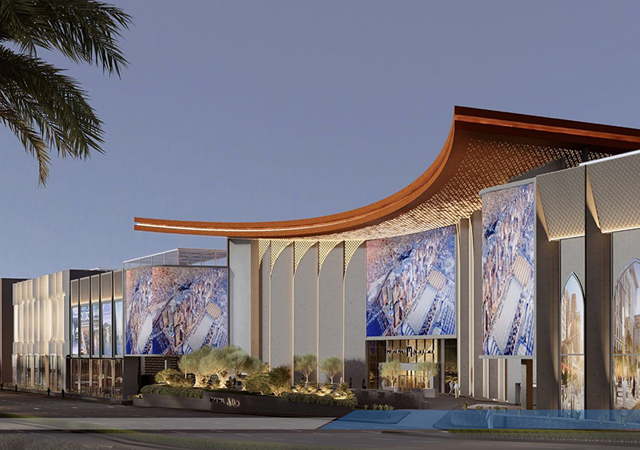
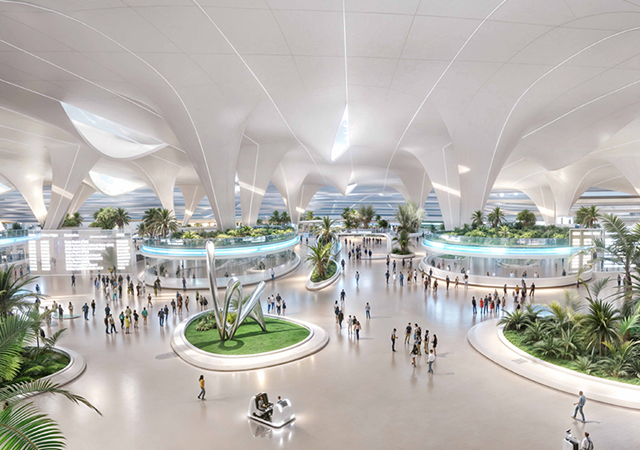
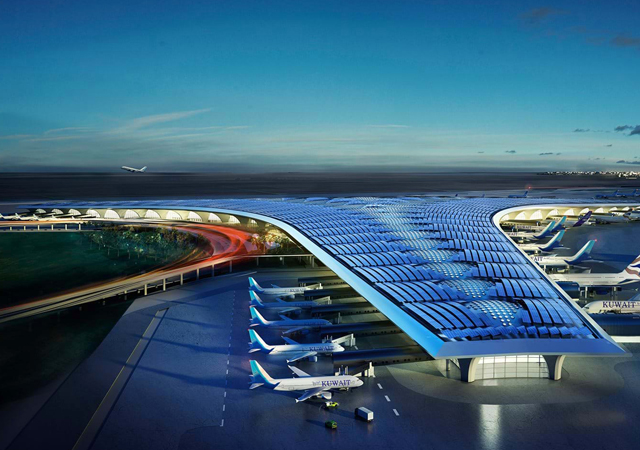
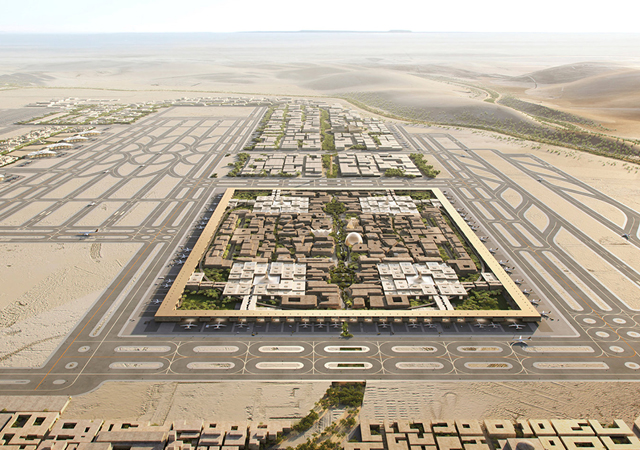
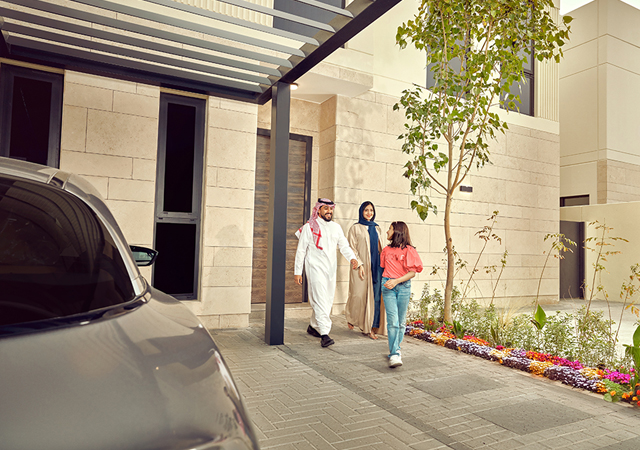
.jpg)

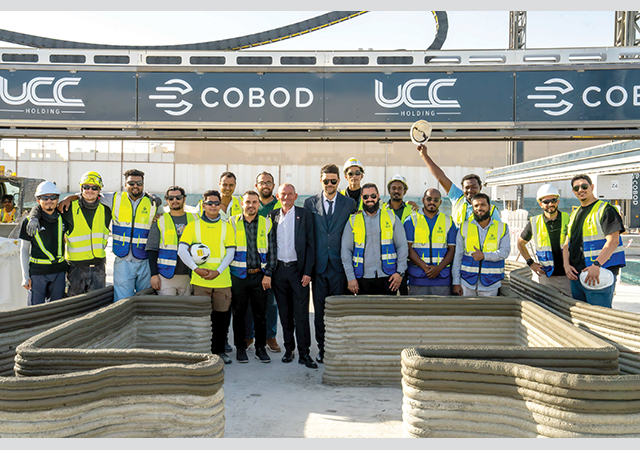
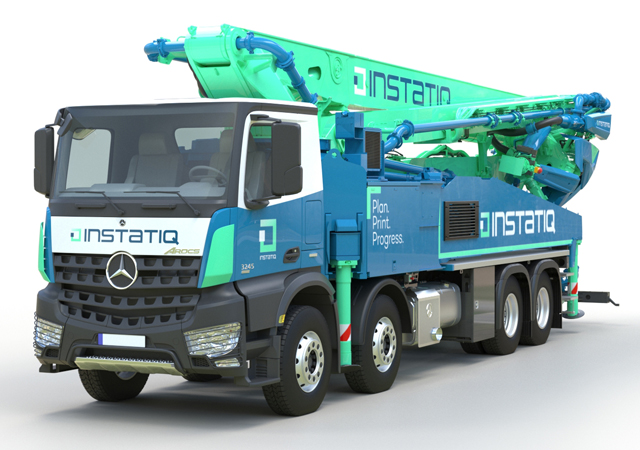
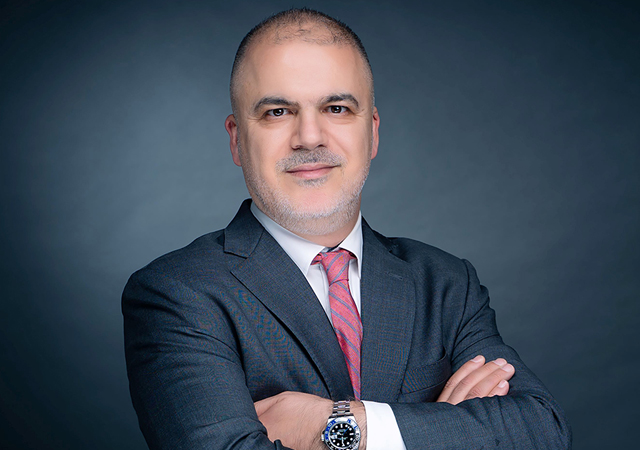
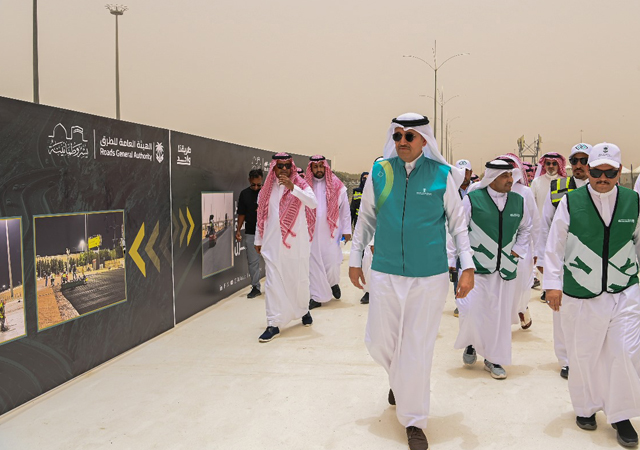

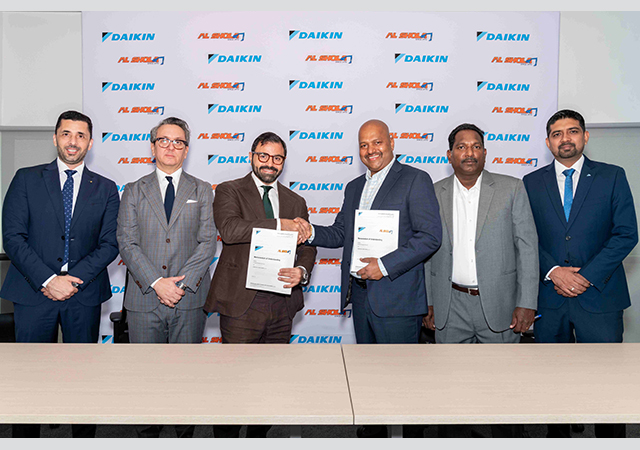

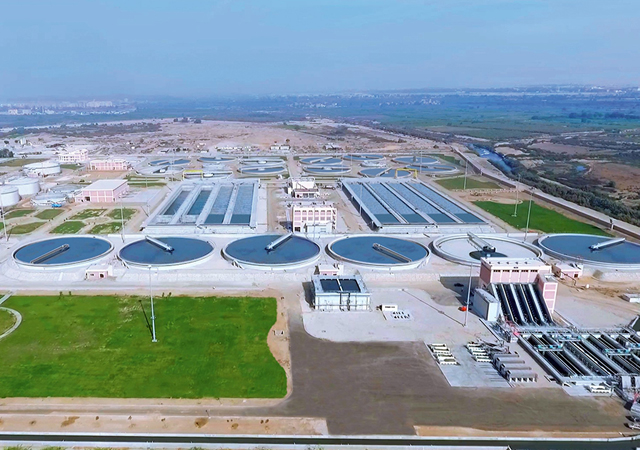

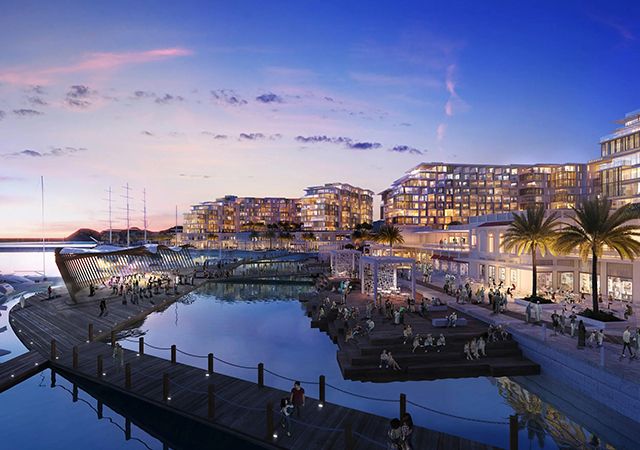

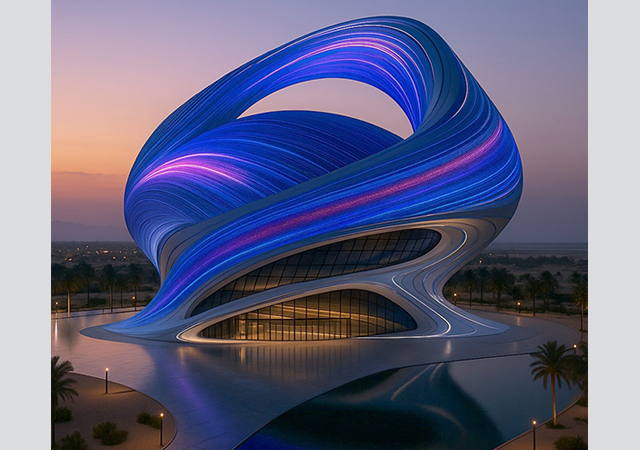

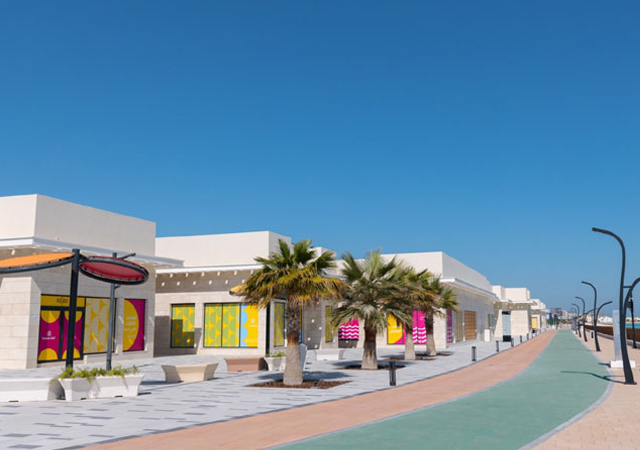
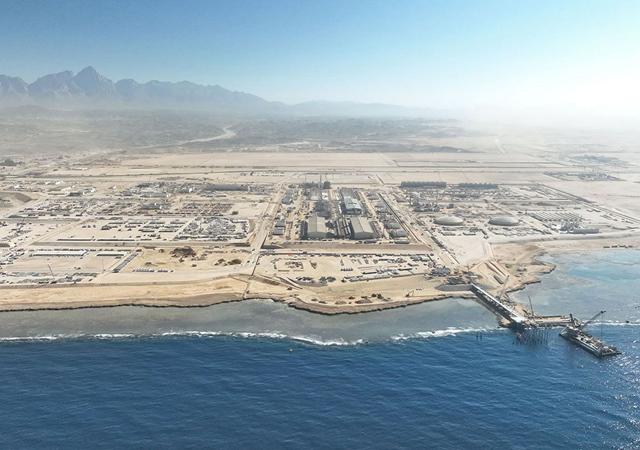

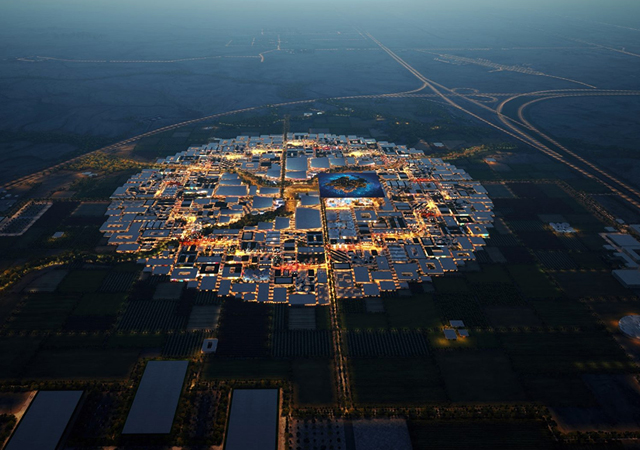
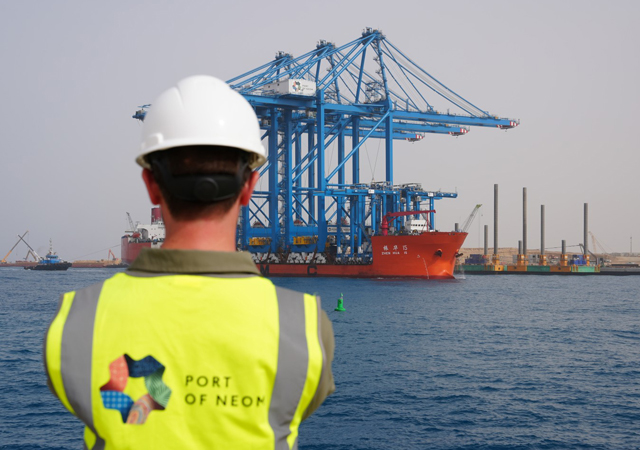
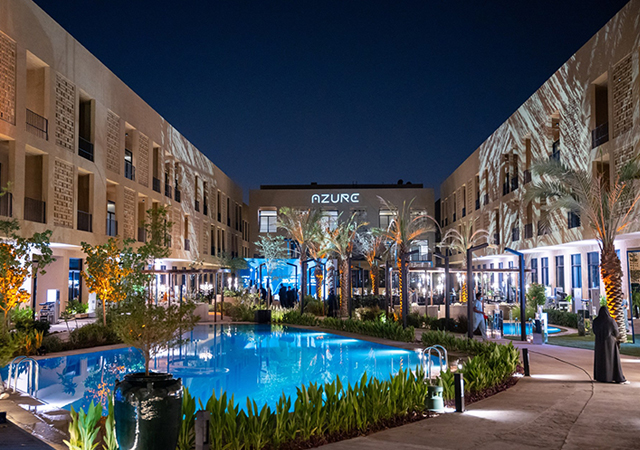
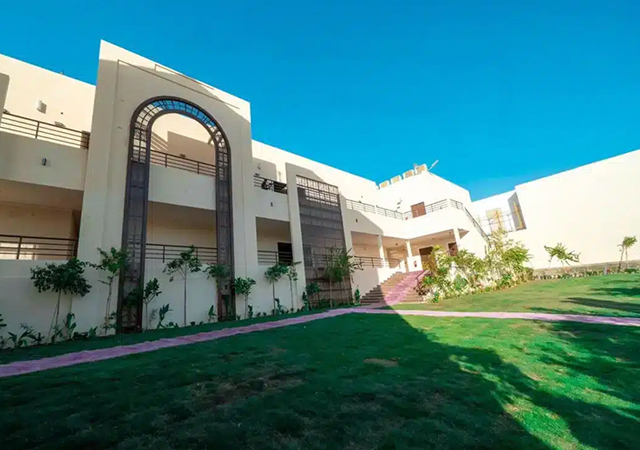

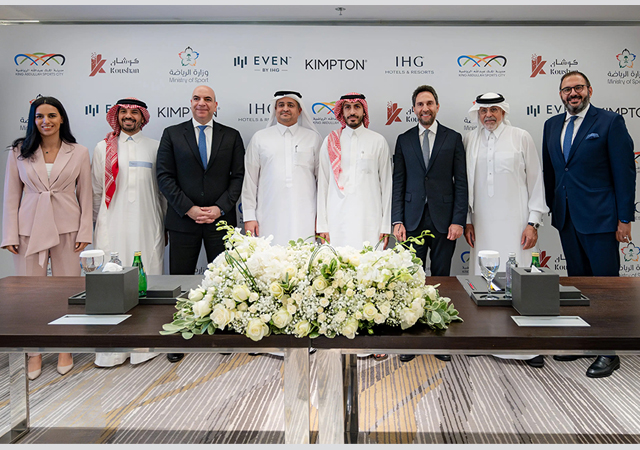
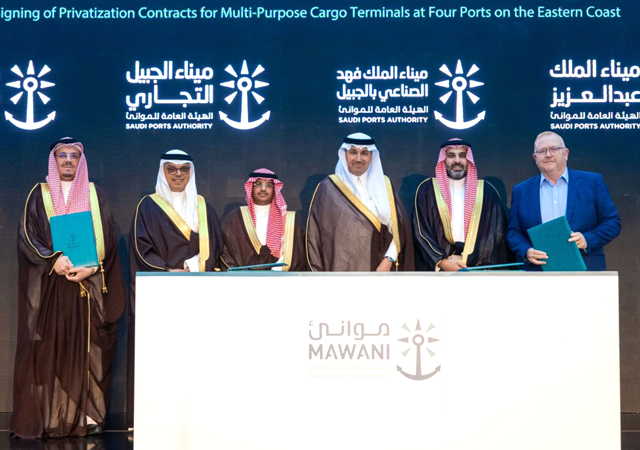
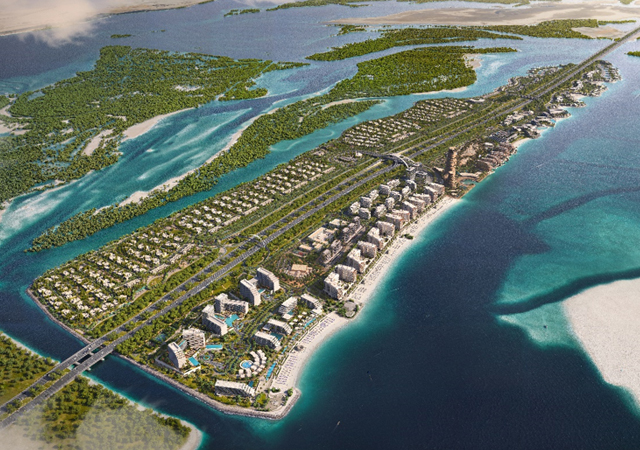
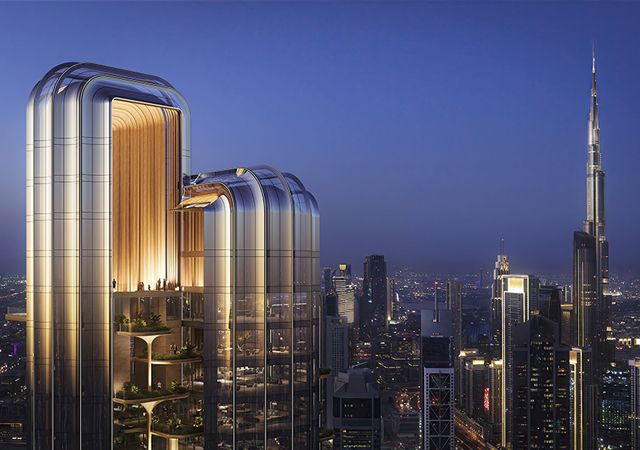
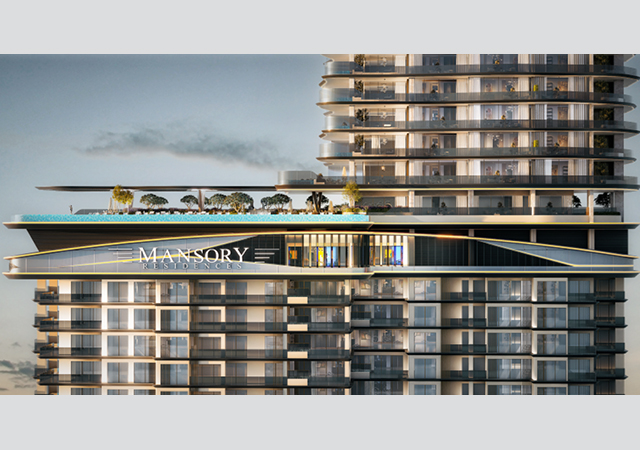


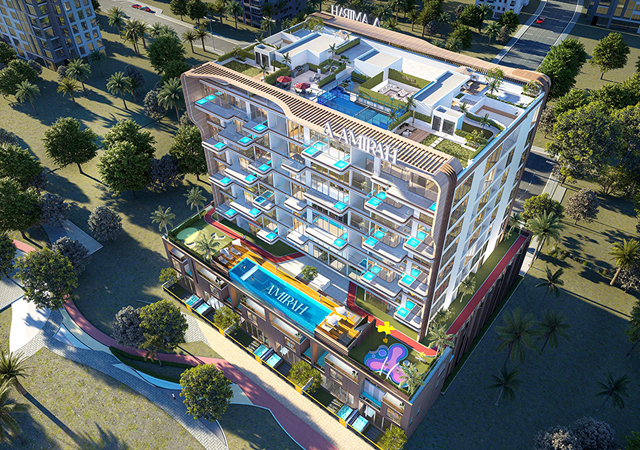
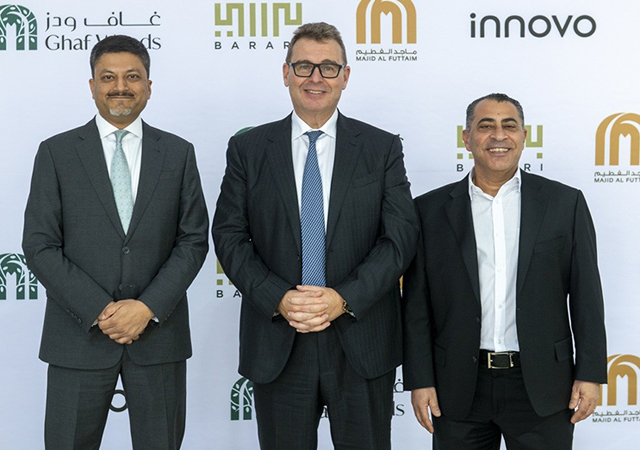
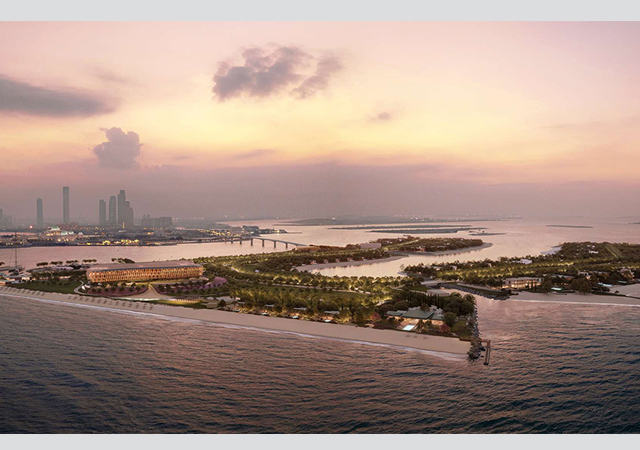
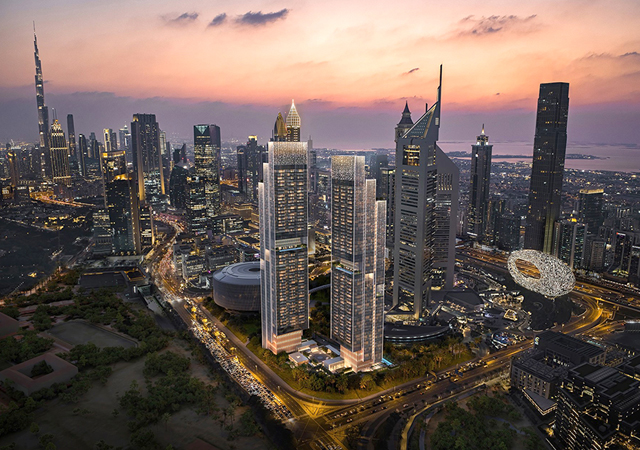

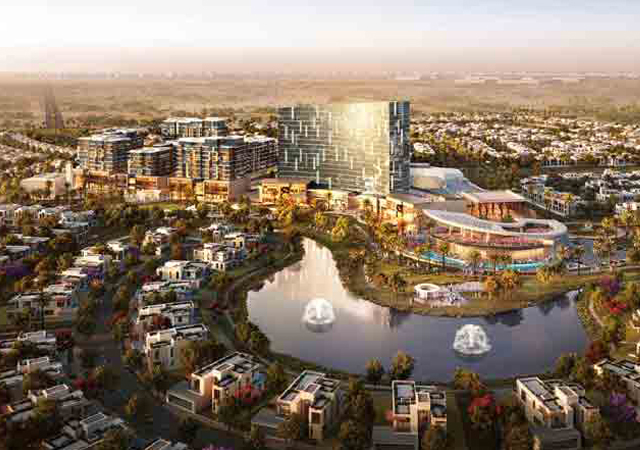
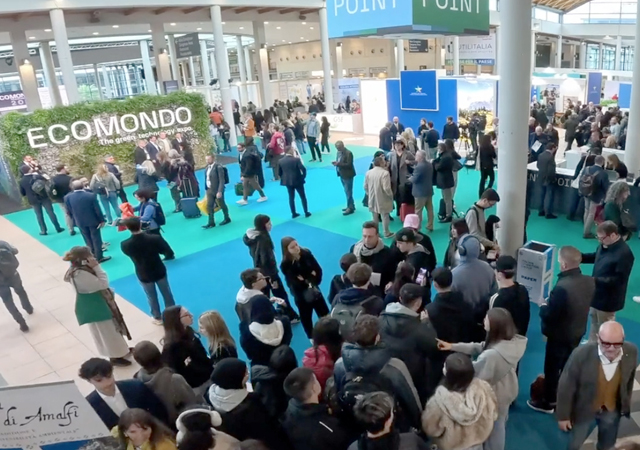
.jpg)




